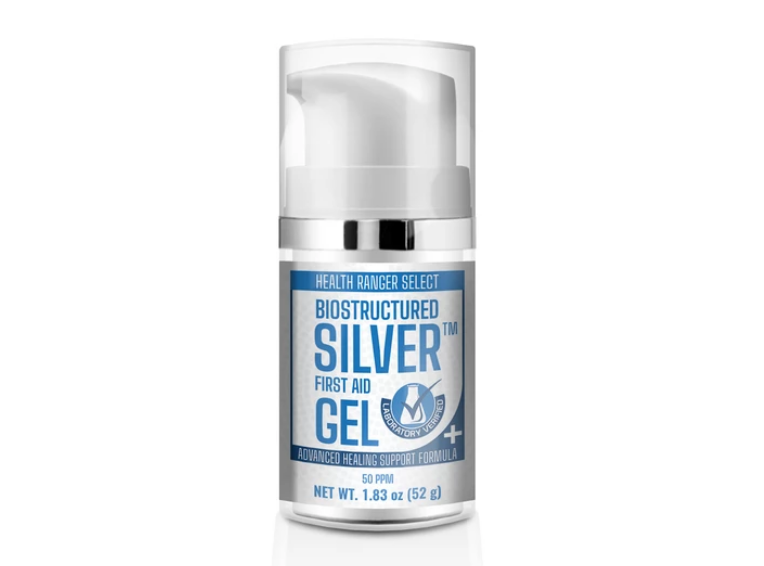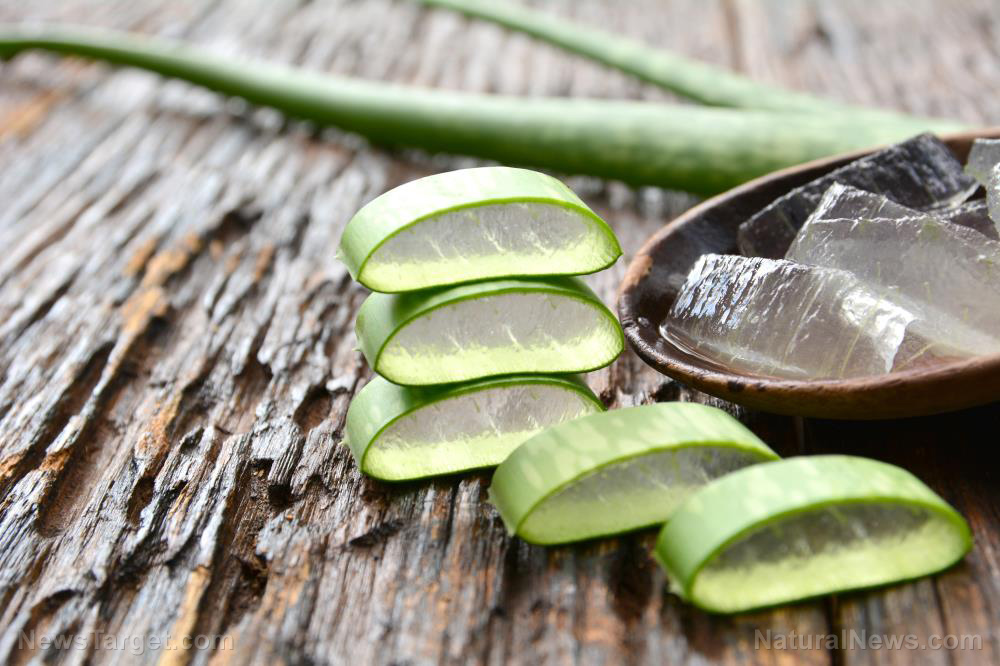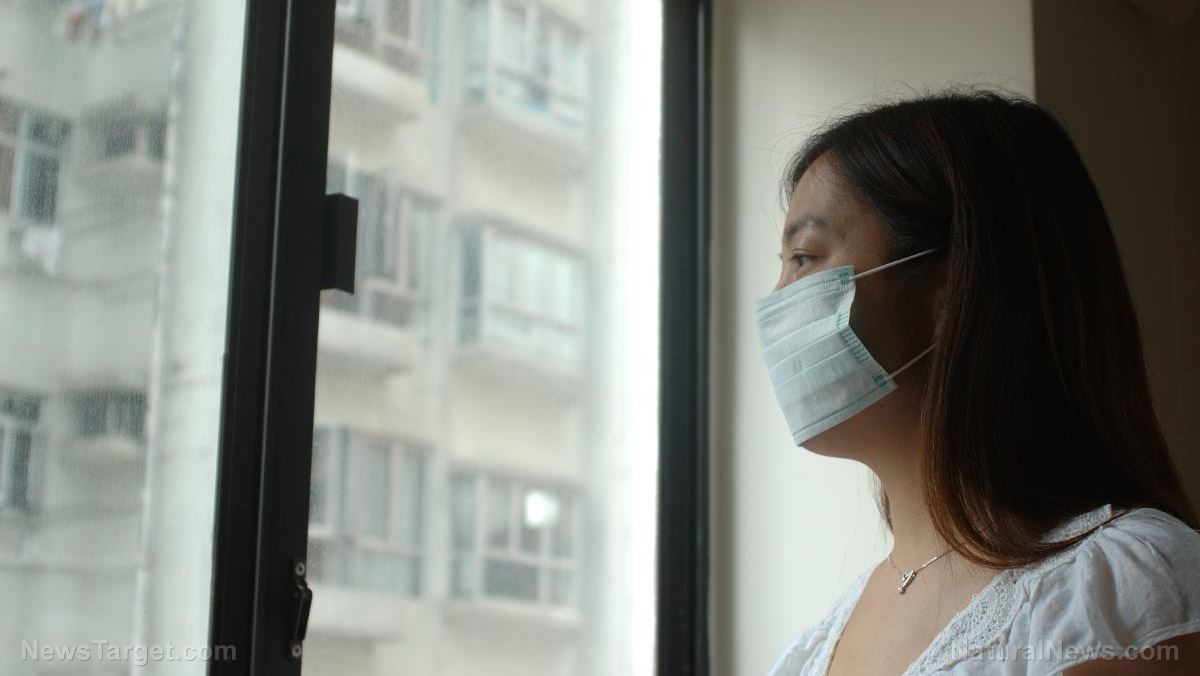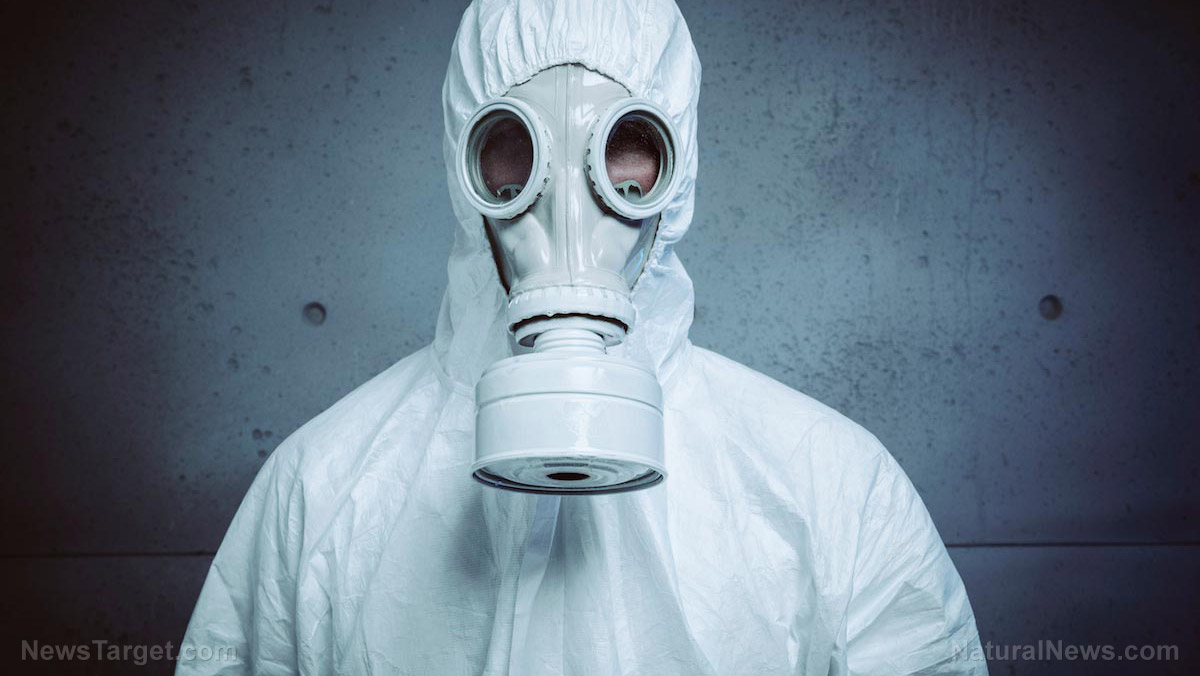Understanding and treating a second-degree burn
11/18/2019 / By Darnel Fernandez
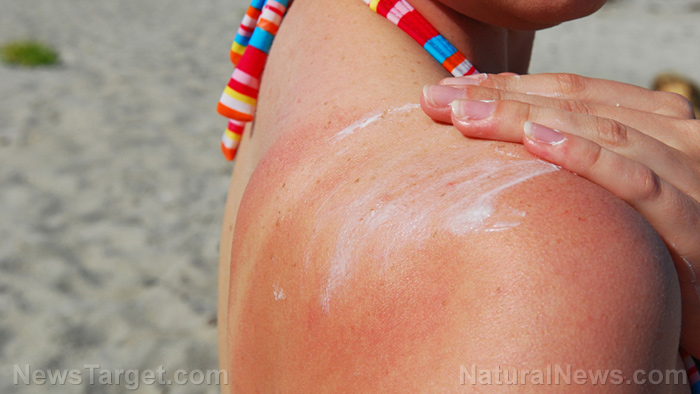
Burns are common household injuries, especially among children. They are often caused by accidents like spilling hot liquid on oneself or touching a hot surface. In most cases, people can recover from burns without any severe consequences, given that the injury is a mild one. However, the more serious cases of burns require medical attention to prevent further complications and even death.
According to the Centers for Disease Control and Prevention (CDC), there are over a million burn injuries that require medical attention in the US each year. Gaining an understanding of these types of injuries can help you identify and treat them accordingly.
Identifying burn injuries
Burns are categorized based on the severity of skin and tissue damage, with first-degree being the mildest and third-degree being the most severe. (Related: Understanding burn injuries: The different types and treatments.)
- First-degree burns – These are the most common type of burn. They are minor burns that only affect the outermost layer of the skin called epidermis. Most sunburns fall into this category.
- Second-degree burns – Second-degree burns, also known as partial-thickness burns, affect the epidermis and a part of the second layer of the skin, the dermis. These burns are typically painful and often need several weeks to heal, even with proper treatment.
- Third-degree burns. These burns are the most severe, damaging every layer of the skin. People often think that third-degree burns are the most painful, but it’s actually the opposite. The damage is so extensive that there may be no pain at all because of nerve damage.
Burns have a variety of causes, ranging from severe sunburn, contact with scalding water, accidents with cooking appliances, to exposure to fire.
Chemicals like bleach and other cleaning products can also cause burns, called chemical burns, which may require a different kind of treatment from other burn injuries.
Any of these causes can inflict all three types of burns, depending on how long you stay exposed.
To identify a second-degree burn, you must remember that it is the only type of burn to cause blisters. These blisters can pop open over time, giving the burn wound a wet or seeping look. Also, second-degree burns are typically more painful than first- and third-degree burns because the damage is not extensive enough to affect the pain receptors in the innermost layer of the skin.
Treating second-degree burns
Now that you have a basic understanding of burn injuries, you need to understand how to deal with them. One of the best ways to handle a burn is to prevent it from happening. Keep children away from the kitchen when cooking a meal, or place fire extinguishers near fire hazards. Unfortunately, there may be instances where getting a burn may be unavoidable. Here are a few things you can do to treat a second-degree burn:
- Cool water. When you get a burn, one of the first things you should do is run it under cool – not cold – water. This can help lower the temperature of the burned area to prevent further damage to the skin and tissues.
- Cold compress or wet towel. Another way to cool down the heat is to apply a cold compress or wet towel over the burn to prevent swelling and relieve pain. However, just like the water, avoid using excessively cold compresses because they may irritate the burn.
- Aloe vera. Often called the “burn plant,” research has shown that applying aloe vera on burns is an effective way to treat both first- and second- degree burns. Aloe vera also has anti-inflammatory properties and can inhibit the growth of bacteria, preventing infection.
- Honey. Research has shown that applying honey on burn wounds can reduce inflammatory reactions, enhance healing, and prevent infection.
- Avoid direct sunlight. Burn wounds are generally sensitive to temperature, especially heat. Avoid putting burned skin under direct sunlight to prevent irritation.
Burns are very common injuries. With proper knowledge, anyone can provide treatment to burn injuries and prevent complications like scarring and infections.
Sources include:
CDC.gov [PDF]
Tagged Under: aloe vera, burn remedies, Burns, emergency medicine, first aid, honey, injuries, pain relief, prevention, remedies, second-degree burns, skin damage, sunburn, treating burns
RECENT NEWS & ARTICLES
EmergencyMedicine.News is a fact-based public education website published by Emergency Medicine News Features, LLC.
All content copyright © 2018 by Emergency Medicine News Features, LLC.
Contact Us with Tips or Corrections
All trademarks, registered trademarks and servicemarks mentioned on this site are the property of their respective owners.

